The first house Brittany and Jordan Weller saved was in Houston.
The couple—she a teacher from Houston, he from Vancouver, and working in the film industry—fell in love with an early 1900s folk-Victorian when they moved to the city from NYC. “It was a small two-bedroom single-story pier-and-beam house we loved dearly, so much so that we undertook the time-intensive task of having it designated a historic landmark to prevent it from ever being demolished,” Jordan writes to us. “Houston, like many big cities throughout North America, is notorious for irreparably cutting ties with the past by tearing down historic homes and buildings in the name of new development, often cookie-cutter structures made with mass-produced, chemically laden materials that need repair shortly after completion due to the fact that they are built with speed and profit as priorities instead of quality and mindfulness.”
Thanks to their efforts, the couple’s own house stayed standing, but the relentless demolition and quick-builds cropping up around them were antithetical to the environment they wanted to live in—and raise kids in. “We felt a longing for nature for us and our two sons (Noah, now four years old, and Theo, now two years old),” Jordan writes. The couple set their sights on the Catskills, initially looking to built their own straw-bale house. Instead, their search brought them something unexpected: an abandoned 1930s cabin in the Schoharie Valley, now called Hemp House—and their own design studio, Earth to People.
“The experience of seeing home after home being razed to the ground in Houston left a searing impression. Earth to People was really born with the Hemp House, meant to function as the antithesis of the ‘out with the old; mentality we witnessed—a studio that looks to the past in order to find a better way forward and questions the standards in current building practices.”
And the process of salvaging the wood-clad cabin with slow, eco practices was not extravagant cost-wise. “Despite the rising cost of construction and materials, Hemp House was done on a relatively modest budget, favoring reuse, locally sourced supplies and materials (Eastern White pine, Eastern Cedar, fieldstone from our property), and mindful upgrades where needed,” Jordan reports.
Let’s have a look around the second house they couple has saved—with plans to stay.
Photography courtesy of Capture:Catskills.

“The house that would become ours showed up for sale, and while the photos didn’t do it justice, there was a plethora of intriguing details that sparked interest: genuine pine tongue-and-groove wood walls, exposed beams, oak and pine floors, and an original fieldstone fireplace, sharing certain affinities with JB Blunk’s house,” Jordan writes. Then there was the surrounding landscape. “Nestled within the mountain range in between five state forests and perched gently beside Catskill Creek, there was an immense sense of the untouched, the rawness of nature waiting to be both explored and reflected.”

Jordan charred the wood himself over a span of weeks in a field near the house, “first creating a prism with three boards placed upright to form a smokestack, then using tinder to ignite the wood before dousing it with water. As there wasn’t any running water in the house during this time, I utilized the creek on our property to fill metal buckets. The process was slow, almost meditative—the opposite of some of the modern manufacturing techniques where wood is charred using automated machines and propane.” The couple’s two sons then helped with the last step: applying a natural tung oil finish.


“Beyond having a zero carbon footprint, the benefits are myriad, including the ability to regulate humidity and naturally protect against rodents and xylophagous insects (moths, termites, and ants). It’s also easy to install. When it comes to healthy and humane insulation, there’s no compromise with hemp. It’s one of the few forms of insulating a house that truly values all walks of life.” (N.B.: We did a deep dive on the many benefits of hemp in our newest book; see The Low-Impact Home for more on the subject.)

“A book I had been reading during our time in Houston was Hassan Fathy’s Architecture For The Poor,” Jordan writes. “An Egyptian architect that deserves to be studied by anyone involved in rural improvement, Fathy worked to create an indigenous environment at a minimal cost and, by doing so, to improve the economy and the standard of living in rural areas. With this in mind, we also grew increasingly aware of the harmful toxins found in building materials and became ever more passionate about harnessing nature as an ally so as to consume less energy, create less waste, nurture health, and enrich the senses.”
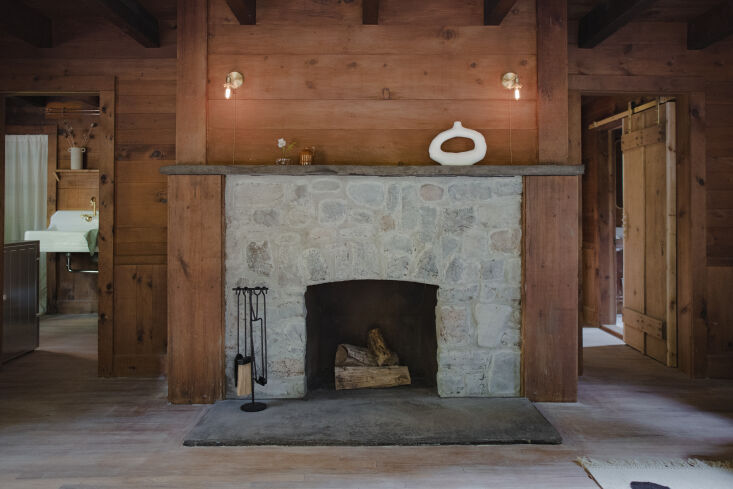

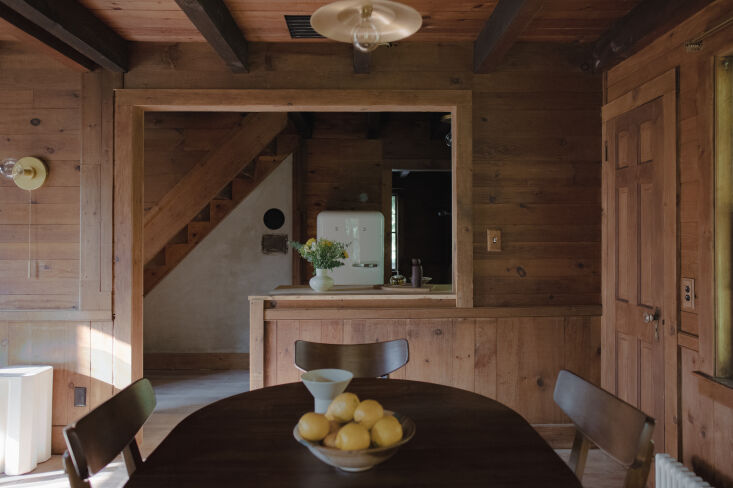

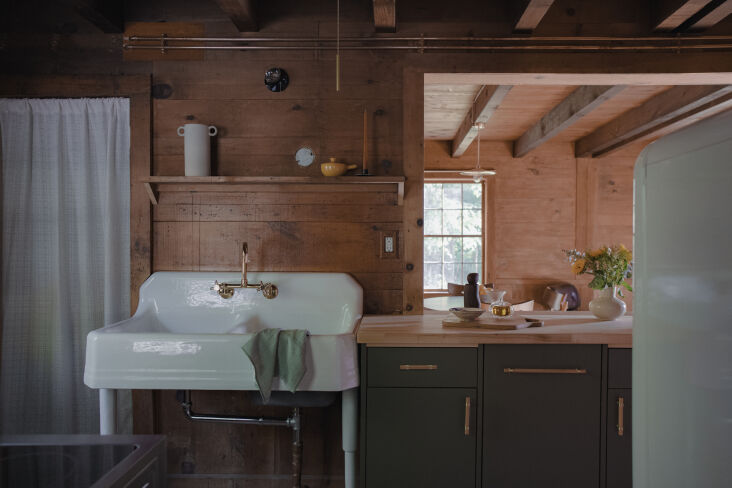





For more, head to Earth to People.
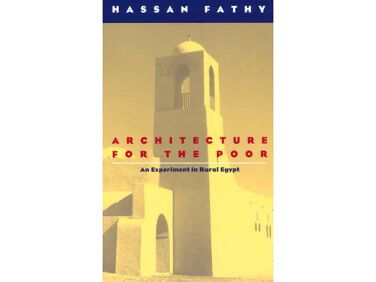



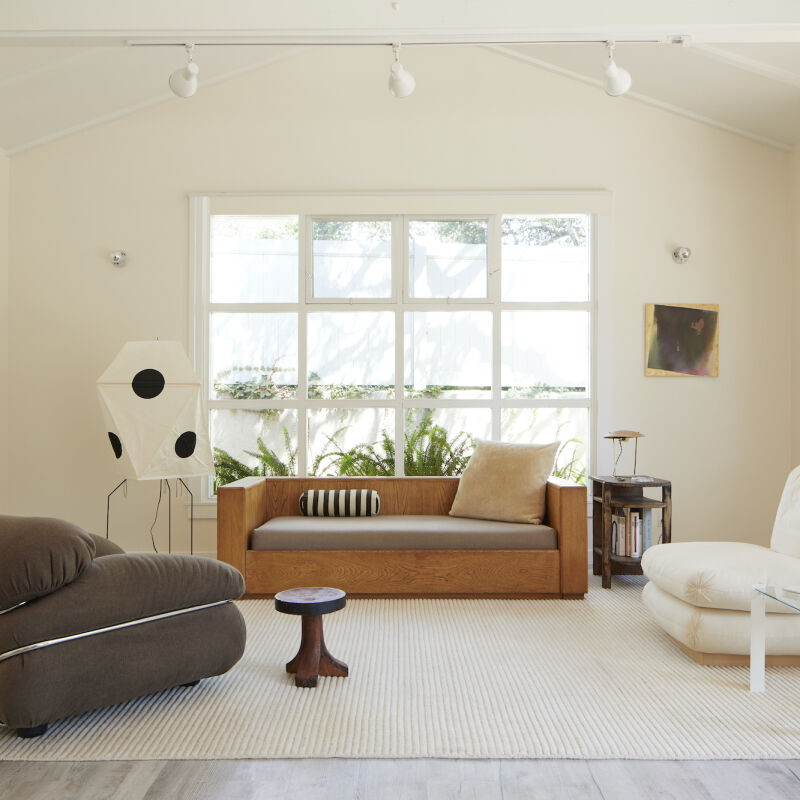
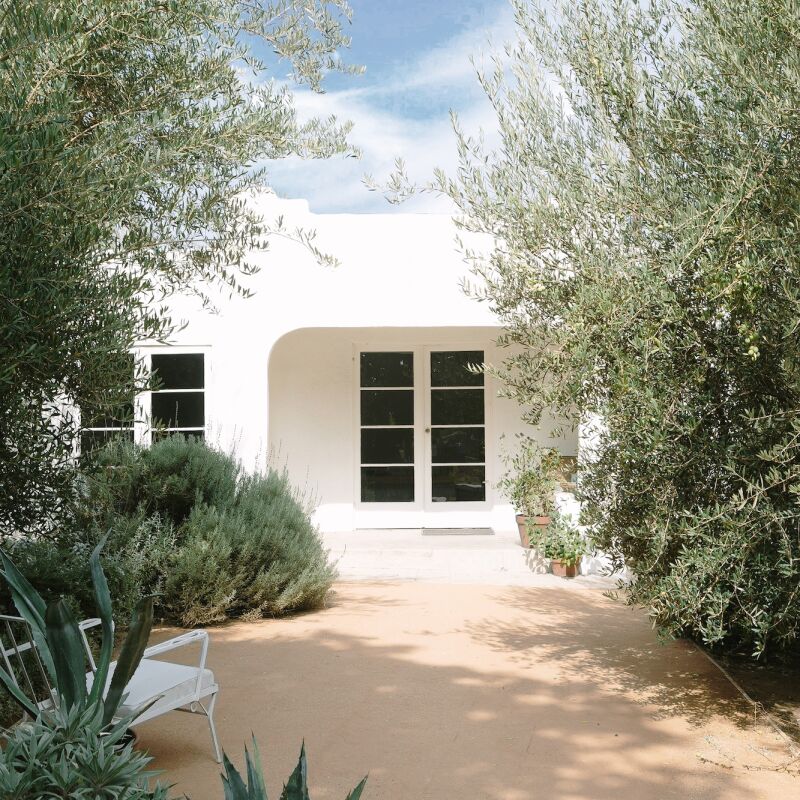
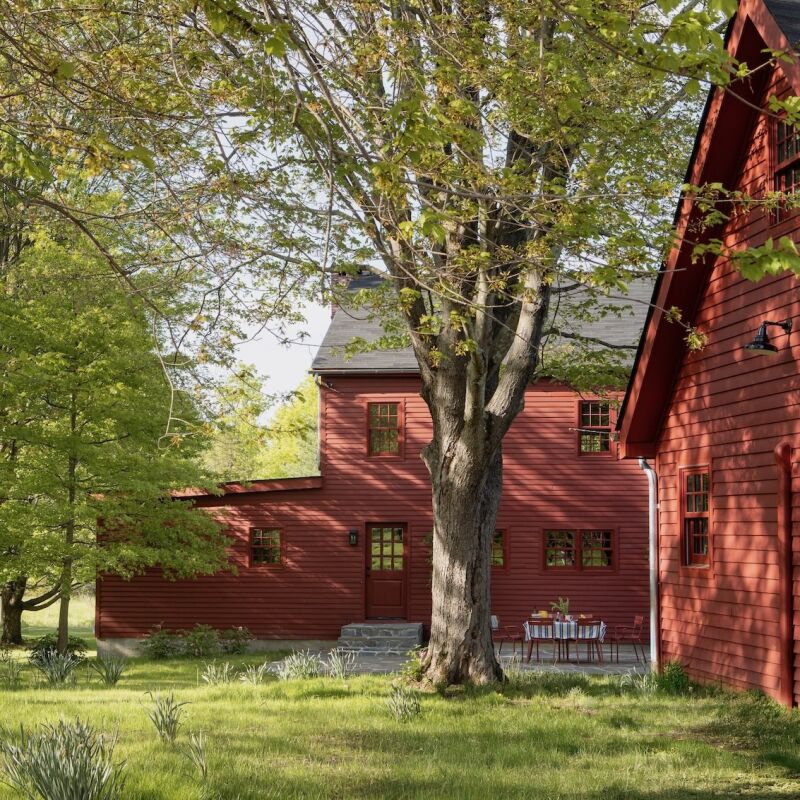

Have a Question or Comment About This Post?
Join the conversation (5)